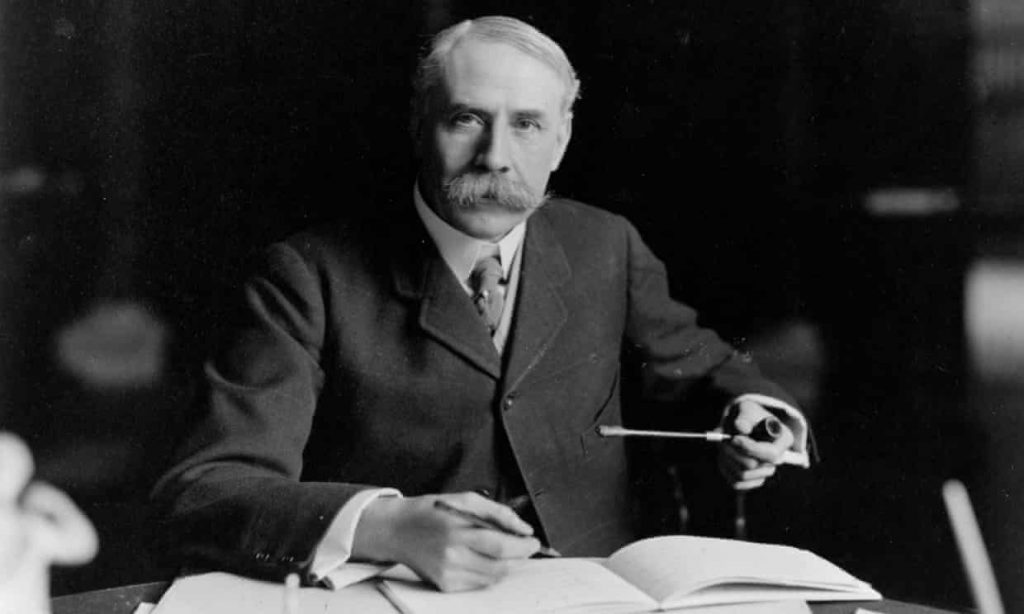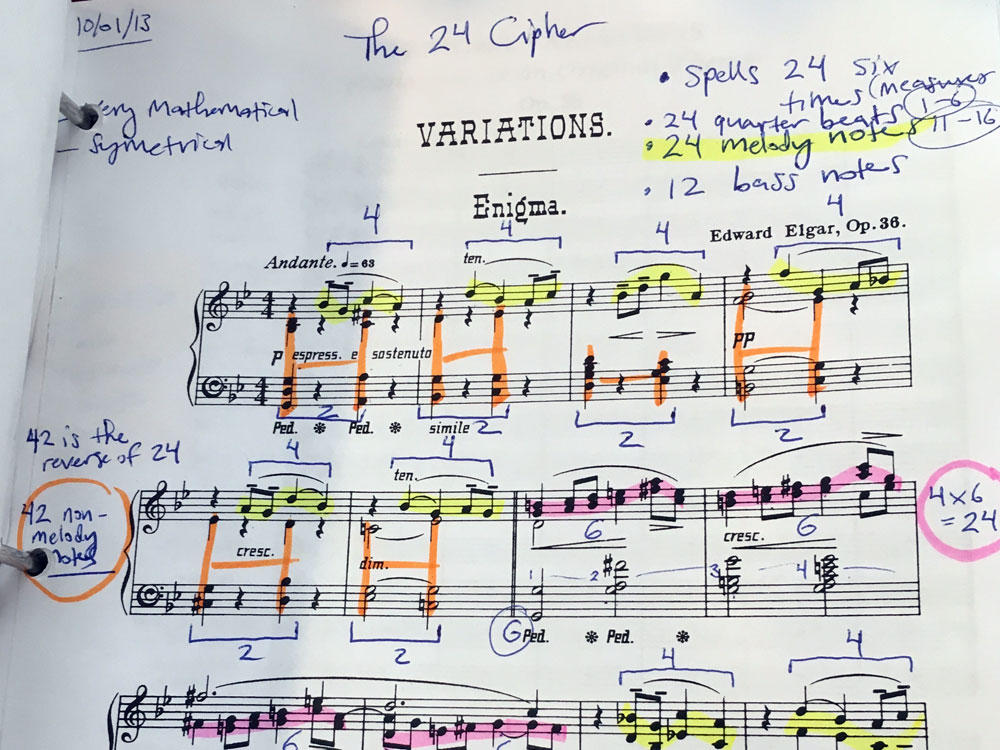Last summer, I completed my grade 12 year and finally graduated from high school. Though it was a virtual ceremony because of the pandemic, Pomp and Circumstance was, of course, on repeat as the graduates crossed the stage one by one. I was surprised to find out that Pomp and Circumstance was written by the English composer Edward Elgar, but even more caught off guard by one of his other well-known works and the mysteries it holds: the Enigma Variations.
The Beginning of a Classic Conspiracy

Originally called Variations on an Original Theme, Edward Elgar finished this orchestral piece in 1899. Complete with 14 variations, he dedicated each to one of his close friends and titled them after codenames he made up for them. It became known as the Enigma Variations after Elgar decided to add the word at the top of his score after its completion. This addition, he briefly explained, represents a hidden melody in addition to the main theme that sparked much conversation after it was first performed in London that year. There were a few conditions that Elgar says the Enigma theme fulfills, including rules stating that the Enigma is a counterpoint to the main theme and that it comprises of the first 19 measures. Furthermore, in the premiere, Elgar writes:
The Enigma I will not explain — its “dark saying” must be left unguessed. I warn you that the apparent connection between the variations and the theme is often of the slightest texture; further, through and over the whole set another and larger theme “goes” but is not played.
Since then, many musicians have been stumped by this underlying melody, and no one has been able to come to a conclusive, yet convincing answer.
Nimrod’s Story
Aside from this mysterious puzzle, the main theme also had many easter eggs representing memories, habits, or specific events Elgar has had with his friends in each variation. The most famous example of this is in the ninth variation titled “Nimrod.” This codename is for Augustus Jaeger, music editor of Novello & Co and one of Elgar’s dearest friends. His variation captures a conversation the two had when Elgar consulted Jaeger as he was losing motivation to continue with music entirely. Jaeger successfully convinces Elgar to keep going as he compares his struggles to Beethoven’s, and then goes on to softly hum the second movement of his Piano Sonata No. 8 Pathétique. In the opening bars of this variation, Elgar nods to this event with a suggestion of a small excerpt of that sonata.
The Never-Ending Search

Many musicians thought the Engima to be a famous anthem, like God Save the Queen, Auld Lang Syne, or even Twinkle Twinkle Little Star. Though some of the explanations to these solutions sound absurd and a little bit of a stretch, Elgar was a man obsessed with codes and anagrams, so it makes sense to approach his music in a similar mindset. Despite the countless attempts, Elgar took the answer of the Enigma to the grave, denying wrong solutions, but never revealing the correct one.
As a music nerd who loves puzzles and regrets quitting piano lessons after passing level eight, I was genuinely excited and intrigued when looking into this conspiracy. Though as much as I loved the deep analyses going into the construction of hidden codes and complex melodies, the music as a standalone piece is completely mesmerising and not in the slightest underwhelming if one did not know about the stories behind it. Dissecting the Enigma in search of Elgar’s true intentions is certainly a way to approach this piece, but perhaps just listening to the music is enough of an experience of its own.
Sources
https://en.wikipedia.org/wiki/Enigma_Variations
https://www.classicfm.com/composers/elgar/guides/story-behind-elgars-enigma-variations/
https://www.youtube.com/watch?v=M08vJ0i6hyc
https://www.youtube.com/watch?v=ZatQm8ASsmI&t=78s
https://www.youtube.com/watch?v=panxnMhHtuo
